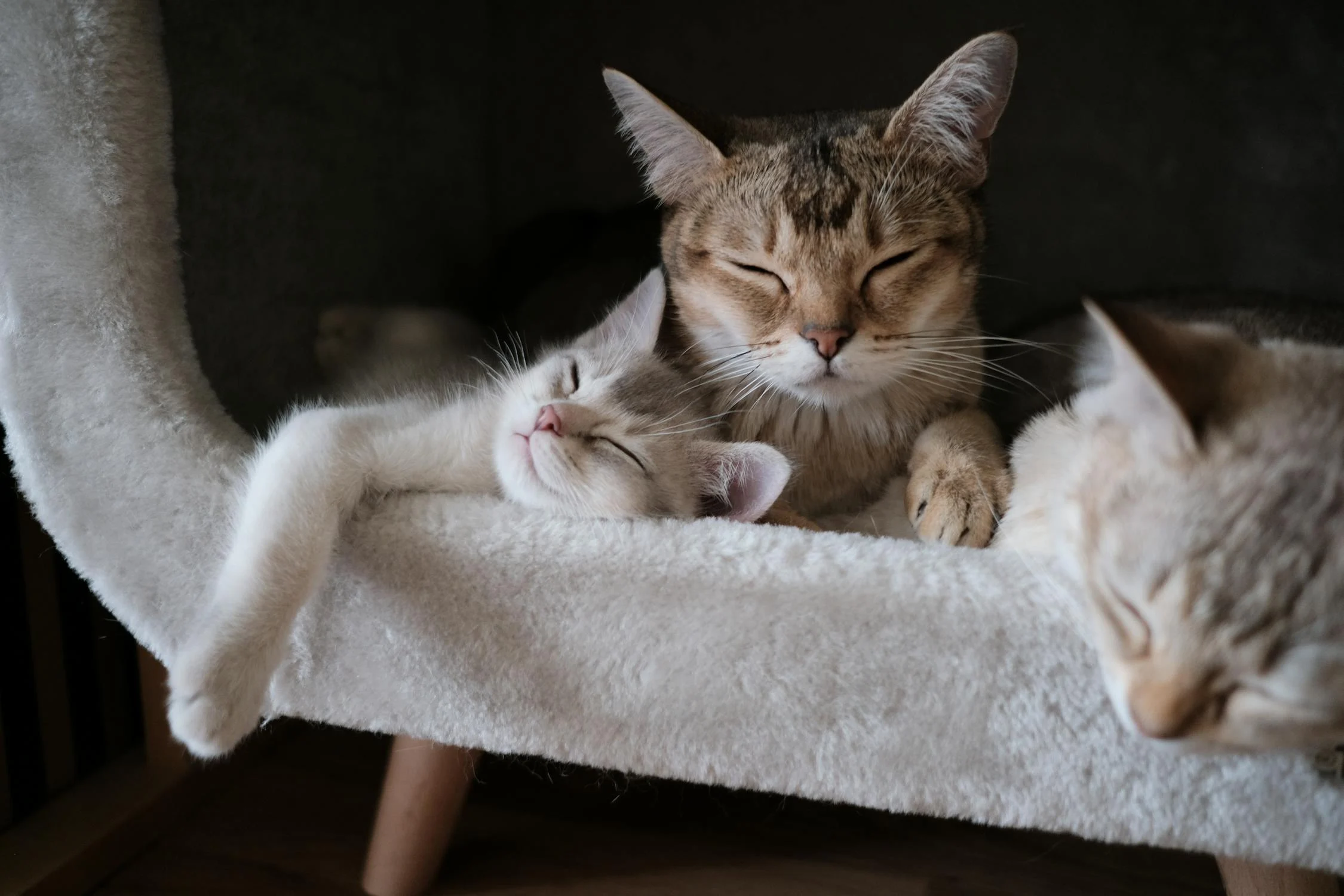-
Dogs & Puppies
-
Cats & Kittens
-
Other Pets
-
Shelters & Rescues
-
Guides & Resources

Training your cat to use the litter box is an essential task for every cat owner. Although each cat may have its own learning pace and method, following some basic steps can help your cat successfully transition to using the litter box. Here are some practical tips to help you train your cat to use the litter box.

Choosing a litter box that suits your cat is the first step to successful training. Consider the size, shape, and height of the litter box to ensure your cat’s comfort. For kittens, a litter box with lower sides can make it easier for them to get in and out. For adult cats, you can use a standard or covered litter box depending on your cat’s preference.
Cats are very sensitive to the type of cat litter they use, so choosing a litter that your cat likes is important. Common types of cat litter include clumping, non-clumping, and wood pellet. You might need to try a few different types to see which one your cat prefers.

Place the litter box in a quiet and private area, away from noisy or frequently visited spots. Cats need a calm environment to use the litter box comfortably.
Cats are very particular about cleanliness, so maintaining a clean litter box is crucial. Scoop the litter box daily to remove soiled litter, and ensure the box stays fresh. Wash the litter box thoroughly each week and replace the litter to prevent odors and bacteria buildup.

1. Initial Guidance: When you bring your cat to a new home, show it the litter box and let it sniff the litter. You can gently scratch the litter with your hand to attract your cat’s attention.
2. Reward System: Reward your cat with treats or affection whenever it successfully uses the litter box. This creates a positive association with the litter box.
3. Avoid Punishment: Do not punish your cat if it eliminates outside the litter box. This can lead to negative associations with the litter box. Instead, clean the area thoroughly and ensure the litter box remains clean and comfortable.
If your cat consistently refuses to use the litter box, it might be due to the location of the box, the type of litter, or the environment within the box. Try adjusting the box’s location, changing the type of litter, or adding additional litter boxes (especially in multi-cat households). Additionally, ensure your cat does not have health issues like urinary tract infections or constipation, as these can affect its elimination habits.

If you are introducing a new litter box or litter type, a gradual transition can help your cat adapt. For example, mix the new litter with the old litter, gradually decreasing the old litter’s proportion to help your cat get used to the new smell and texture.
By following these steps, you can help your cat successfully transition to using the litter box. Remember, every cat is unique, and patience and affection are key to successful training. Best of luck with your training process, and enjoy a harmonious living environment with your cat!